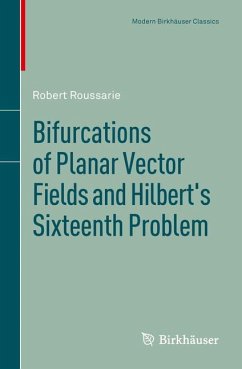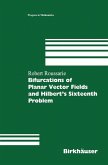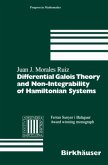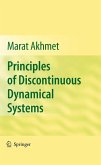In a coherent, exhaustive and progressive way, this book presents the tools for studying local bifurcations of limit cycles in families of planar vector fields. A systematic introduction is given to such methods as division of an analytic family of functions in its ideal of coefficients, and asymptotic expansion of non-differentiable return maps and desingularisation. The exposition moves from classical analytic geometric methods applied to regular limit periodic sets to more recent tools for singular limit sets.
The methods can be applied to theoretical problems such as Hilbert's 16th problem, but also for the purpose of establishing bifurcation diagrams of specific families as well as explicit computations.
- - -
The book as a whole is a well-balanced exposition that can be recommended to all those who want to gain a thorough understanding and proficiency in the recently developed methods. The book, reflecting the current state of the art, can also be used for teaching special courses.
(Mathematical Reviews)
The methods can be applied to theoretical problems such as Hilbert's 16th problem, but also for the purpose of establishing bifurcation diagrams of specific families as well as explicit computations.
- - -
The book as a whole is a well-balanced exposition that can be recommended to all those who want to gain a thorough understanding and proficiency in the recently developed methods. The book, reflecting the current state of the art, can also be used for teaching special courses.
(Mathematical Reviews)








